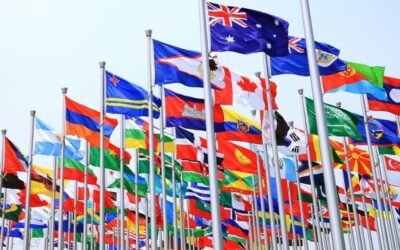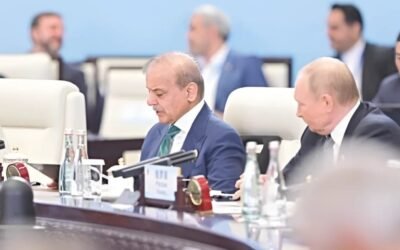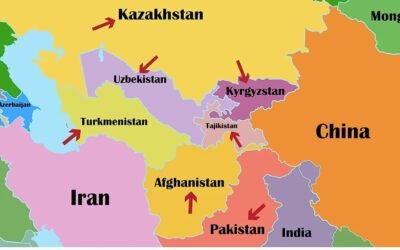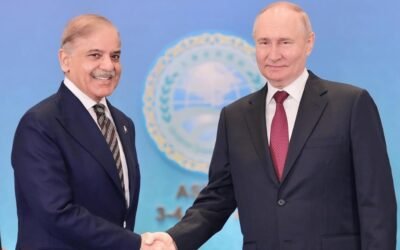Historical Context
Since World War II, the United States has built a Western-led world order. It relied on “soft power” and cultural influence to push its interests. Hollywood films spread American values. U.S. news media shaped narratives abroad. Technology brands, student exchanges, and aid projects promoted their ideals. Pakistan, as a close ally, sent many students to the U.S. It also gained from American development programs. China, by contrast, stayed inward-looking for decades. Only after the 1980s did Beijing begin projecting influence abroad.
You May Like To Read: CPEC and the East India Company Analogy: Debunking the Myths of Neocolonialism in Pakistan
American Soft Power Influence
The United States projects soft power through media and cultural institutions. American movies, TV, and social media reach Pakistani audiences. Exchange programs such as Fulbright scholarships and USAID grants have trained thousands. USAID says it has trained tens of thousands of Pakistani teachers and awarded thousands of university scholarships. These efforts aim to build goodwill.
After a 6 week review we are officially cancelling 83% of the programs at USAID.
The 5200 contracts that are now cancelled spent tens of billions of dollars in ways that did not serve, (and in some cases even harmed), the core national interests of the United States.
In…
— Marco Rubio (@marcorubio) March 10, 2025
The suspension of USAID scholarships for 530 flood-affected Pakistani students threatens their academic future. It also weakens the U.S. soft power presence in Pakistan. For years, educational aid symbolized goodwill. The sudden withdrawal damages trust and reinforces the view that the U.S. is unreliable.
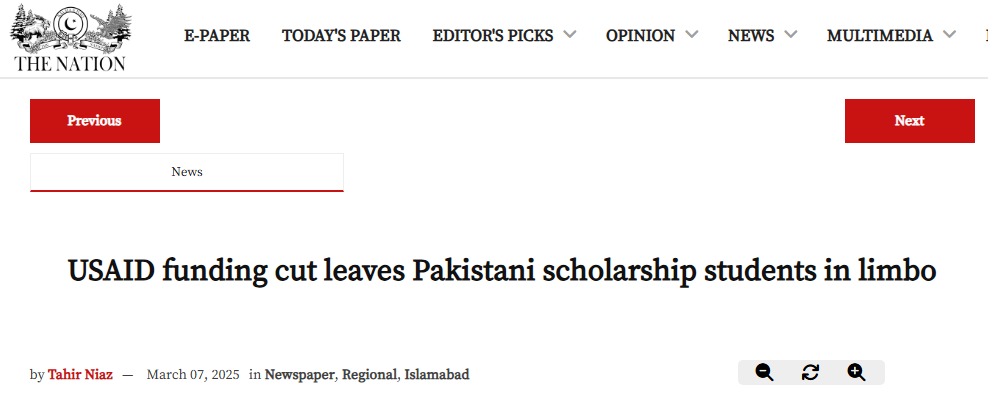
Source: The Nation
Chinese Soft Power in Pakistan
China builds soft power through economics and culture. Its main project is the China-Pakistan Economic Corridor (CPEC). The initiative invests billions of dollars in Pakistan’s infrastructure. New highways, power plants, and industrial zones have come from it. These projects create jobs and tie Pakistan’s economy more closely to China. The benefits are direct and visible, which strengthens China’s image.
Pakistani students from Confucius Institute tour Xinjiang#inp #independentnewspakistan
#pakchina #PakAmbChina
#MAF_China #CathayPak @SpokespersonCHN #Pakistani #student #XinjiangClick on ⬇️ linkhttps://t.co/jgRMyjozAY
— Independent News Pakistan (@inppakistan) August 7, 2025
Alongside economics, China promotes culture. Confucius Institutes now operate in Pakistani universities. They teach language and award scholarships to students. Pakistan hosts five major Confucius Institutes, enrolling nearly 30,000 Pakistani students learning Chinese in 2022.
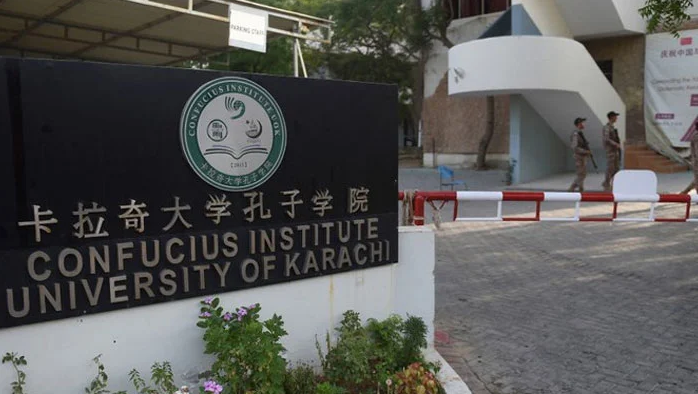
Source: The News
China is also strengthening its soft power in Pakistan through language and culture. It promotes Mandarin, funds cultural centers, and provides free media content on PTV. Initiatives like the Huashang newspaper and student scholarships deepen these ties. Joint efforts with Islamabad also counter negative narratives about CPEC. Most Pakistanis welcome China as an economic partner. Cultural exchanges are becoming more common. China presents these efforts as a partnership, not ideology. It stresses that it offers opportunities through investment and jobs created by infrastructure. Chinese media and business projects in Pakistan promote a story of friendship and mutual benefit. This stands in contrast to the narratives linked with the United States.

Source: The News
Two Models of Influence
Pakistani analysts highlight major contrasts between U.S. and Chinese soft power. China focuses on infrastructure and trade, while the U.S. ties aid to reforms. Roads, ports, and power plants under Chinese projects bring visible results. American programs, though valuable, often come with governance or security conditions. Political analyst Huma Yusuf highlights this difference. She notes that China follows investment with little political interference. The U.S., by contrast, stresses democracy, human rights, and governance reforms. For many in Pakistan, this approach feels like a “lecture,” while China’s model is welcomed for its practical outcomes and strategic restraint. This makes China’s approach seem tangible, while U.S. support appears conditional. Narratives also differ. China stresses partnership and mutual development. The U.S. emphasizes democracy, security, and values, which many Pakistanis see as a lecture rather than cooperation.
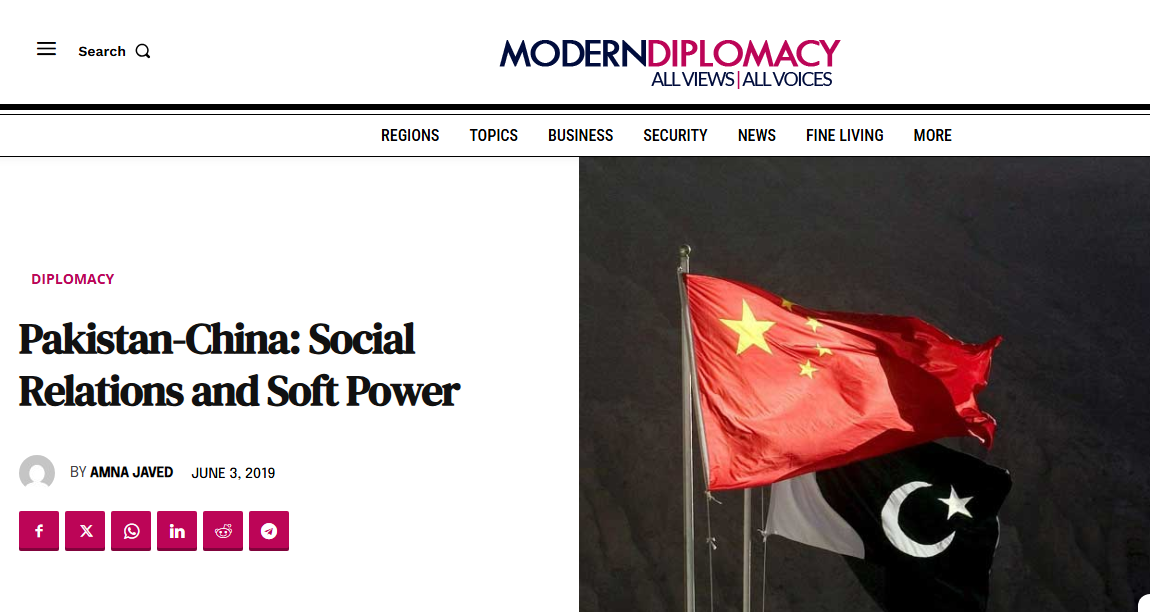
Source: Modern Diplomacy
Another contrast is in consistency and education. China’s projects are viewed as long-term commitments that continue regardless of leadership change. U.S. attention shifts with each administration. Both countries fund Pakistani students abroad, but in different ways. The U.S. has an older, wider alumni network built over decades of exchanges. China’s scholarships have grown quickly in recent years. These networks shape opinion, yet China’s influence is rising as its presence in Pakistan expands.
Reception in Pakistan
Pakistani policymakers and the public often see Chinese soft power as a better fit for national needs. The economic gains of CPEC and related projects are widely praised. In contrast, American influence has grown more suspect. Pakistan often highlights Chinese-funded schools, energy plants, and industrial projects. These efforts come without the ideological lectures often tied to Western aid. As a result, many Pakistanis now view Chinese engagement as pragmatic and focused on development. U.S. soft power, however, is judged more through a geopolitical lens.
Current Context and Implications
Today, the U.S.-China soft power competition in Pakistan unfolds within a shifting geopolitical landscape. Washington has tilted toward India and often pressures Pakistan on counterterrorism and human rights. At the same time, China continues to deepen its role through investments and high-level support. Analysts like Michael Kugelman argue that Pakistan is now a “beneficiary of a changing world order” shaped by rising powers such as China.
Islamabad welcomes CPEC and cultural relations with China as a partnership of mutual benefits. Pakistan cannot afford to be one-sided in its strategy. It has to strike a balance between economic growth and strategic autonomy. The Chinese model provides investment, employment, and connectivity. Education, technology, and global networks are key components of U.S. soft power. They both have opportunities and risks. A balanced approach lets Pakistan benefit from Chinese infrastructure and U.S. innovation. It also reduces overdependence on either side. Keeping doors open to Beijing and Washington safeguards sovereignty. It helps Pakistan grow its economy and expand diplomatic options.
You May Like To Read: EU Sanctions Lead to Oil Supply Cut-off for Major Indian Refiner


